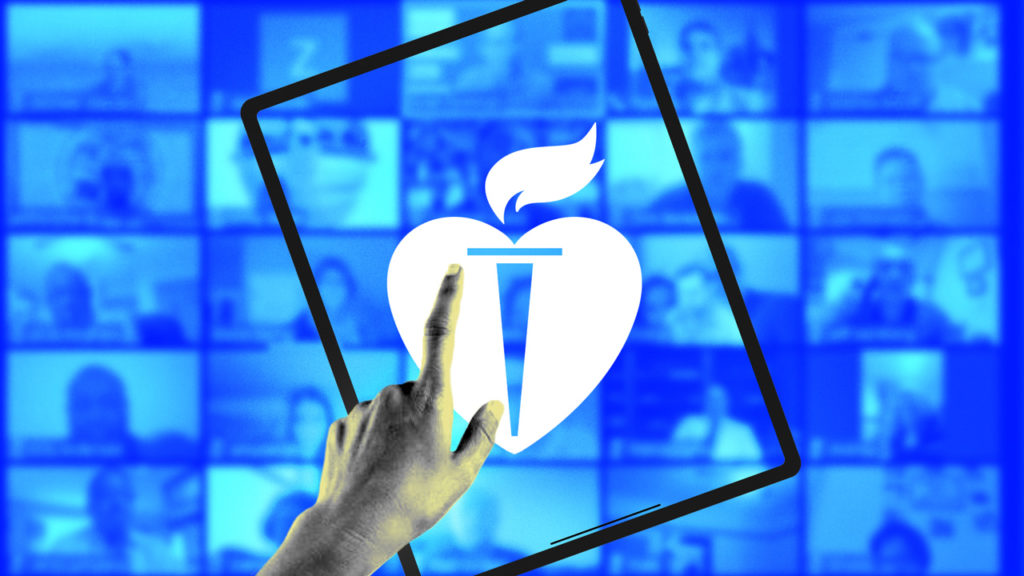Virtual work meetings, concerts, therapy sessions, birthday parties, happy hours—COVID has thrust people’s lives into video calls, resulting in what’s been termed Zoom fatigue. To help people combat burnout and address mental wellbeing during lockdowns, Zoom has partnered with the American Heart Association (AHA) Bay Area to launch a monthly webinar series that calls on employees to #TakeABreak.
The first Zoom webinar of the series, “Happy Half-Hour Mental Wellness Webinar” will start on July 16 at 4 p.m. PST to offer employees of Bay Area companies “fun, relaxing activities” around mental health strategies and tactics to approach telework. Employees can register here.
Through September the AHA and Zoom partnership will also provide resources for companies to support their employees’ mental wellbeing.
Lastly, the program will include an unspecified “new kind of happy hour” that encourages employees to spend an hour outdoors or with loved ones.
The #TakeABreak campaign will be funded by a $500,000 grant from the Zoom Cares Foundation to AHA.
Experts say that video calls wear on the psyche because the experience is devoid of the non-verbal cues that, in a physical interaction, normally help paint a holistic picture of what another person is conveying. In addition, if held too long, prolonged eye contact can feel overly intimate or threatening.
Gallery view only exacerbates the issue, forcing our brains to decode so many people at once that it creates a prolonged split in attention. The result is a feeling of being drained while having accomplished nothing.
Despite the dawn of virtual spaces and Zoom fatigue, 35 percent of people say they’d like to continue working from home full-time after stay-at-home orders are lifted.
Additionally, 38 percent of Americans say their view of the tech industry has become more positive since the start of the pandemic, the Harris Poll found in a survey conducted in early May.
The same report found that even when things return to normal, 67 percent of Americans are now more likely to have a virtual happy hour with friends vs. going to a bar (33 percent). At the same time, 73 percent are more likely to live stream sports at home vs. attending an in-person sports event (27 percent) and 79 percent are more likely to watch a movie at home vs. going to the movies (21 percent).

